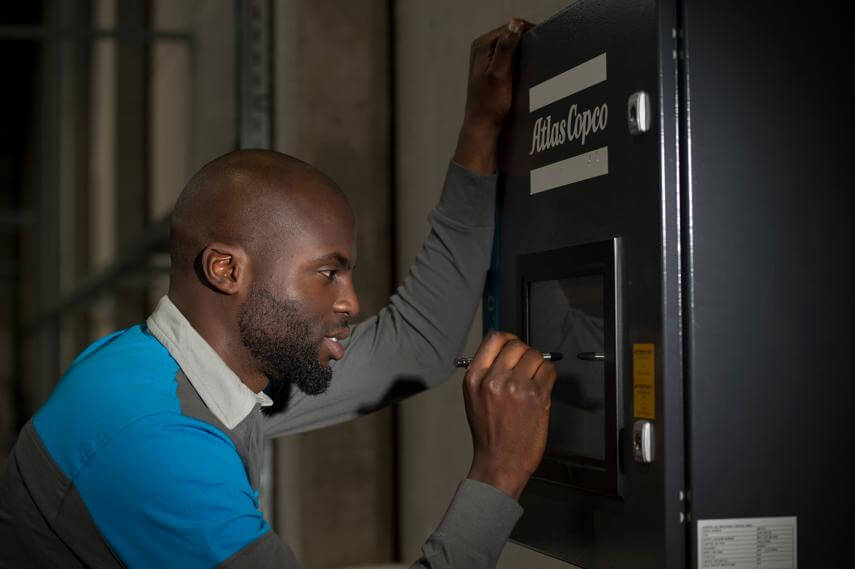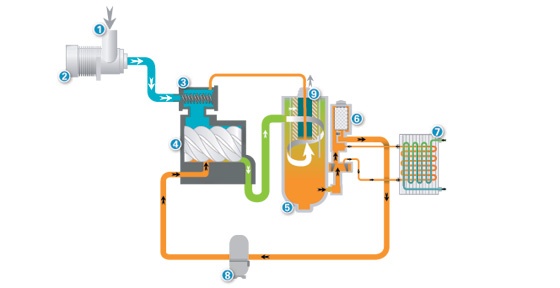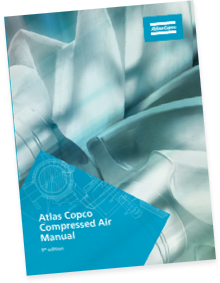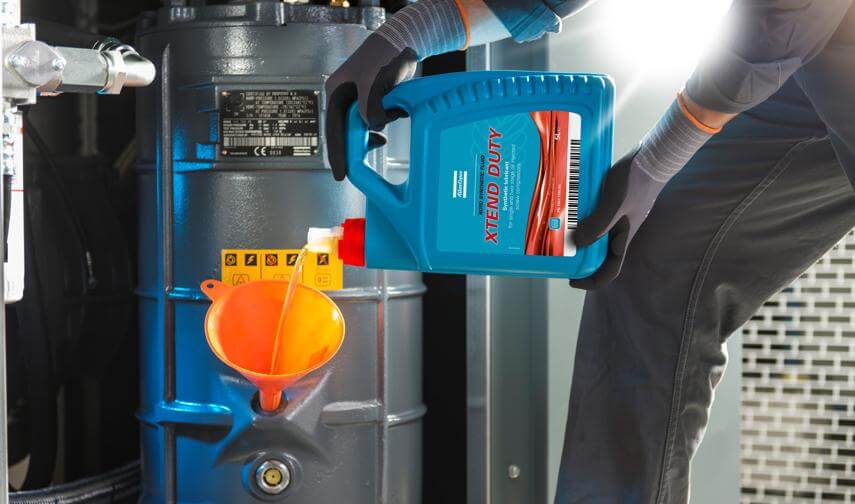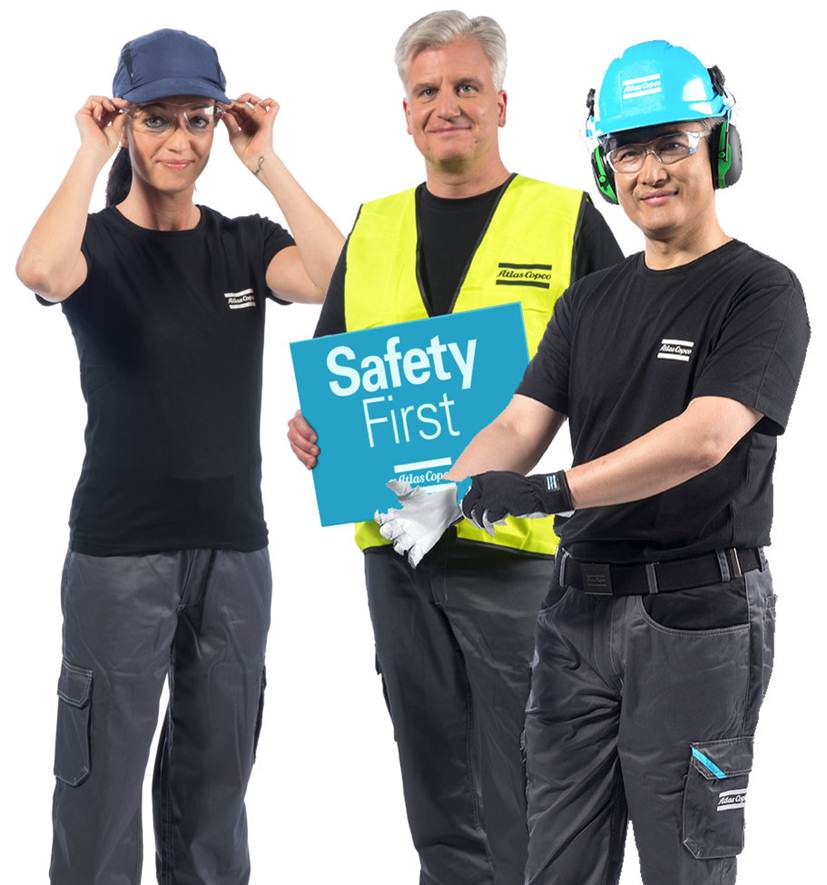After compression, air is often at a temperature of 70-200 degrees Celsius (that’s around 160-400 degrees Fahrenheit). To lower this temperature, most compressor installations come standard with an after-cooler which is placed directly after the compressor. The air passes through the after-cooler, which can be either air- or water-cooled, before flowing into the air receiver and subsequent air treatment equipment such as refrigerant dryers and oil separators.
Water-cooled energy recovery
After compressed air passes through the after-cooler, the water contains, in the form of heat, approximately 90% of the energy used to compress the air. The heat can then be used throughout a plant to maintain ground heat, preheat tap water, process water or supply air, and can even be used to heat the building via shunt circuits. In large industries, energy costs can amount to 80% of the total cost of compressed air production so recovering energy as heat provides substantial return.
Three main principles of water cooling systems
Compressor water cooling systems are based on one of three main principles: open systems without circulating water, open systems with circulating water and closed systems with circulating water.
In open systems without circulating water, water is supplied by an external source such as municipal water mains, lakes, streams or a well. After passing through the compressor, the water is discharged from the system as wastewater. While this system is generally easy and inexpensive to install, it can be expensive to run due to water usage or filtration and purification costs.
Open systems with circulating water are primarily used when the availability of external water supply is limited. In this system, cooling water from the compressor is continually re-cooled inside a cooling tower. The re-cooling mechanism requires hot water to sprinkle down into a chamber as the surrounding air is blown through the water. In this system, the water gradually becomes contaminated by the surrounding air and must be regularly analyzed and treated with chemicals to avoid algae growth. And during winter, when the compressor is not operating, the cooling tower must be drained or the water heated to prevent freezing.
In the closed system with circulating water, the same water continually circulates between the compressor and some form of external heat exchanger which is in turn cooled either by external water or surrounding air. If cooled with external water—from a nearby lake or stream—a flat plate heat exchanger is used. If cooled by surrounding air, the air is forced to circulate through a cooling matrix of pipes and cooling fins and the water is treated with anti-freeze. If correctly implemented, a closed water system requires little supervision and has low maintenance costs.
Additionally, energy recovered by means of a closed cooling system enhances the compressor operating conditions, reliability and service life due to an equalized temperature level and high cooling water quality. Contact us to learn which water cooling system is right for your operation.
